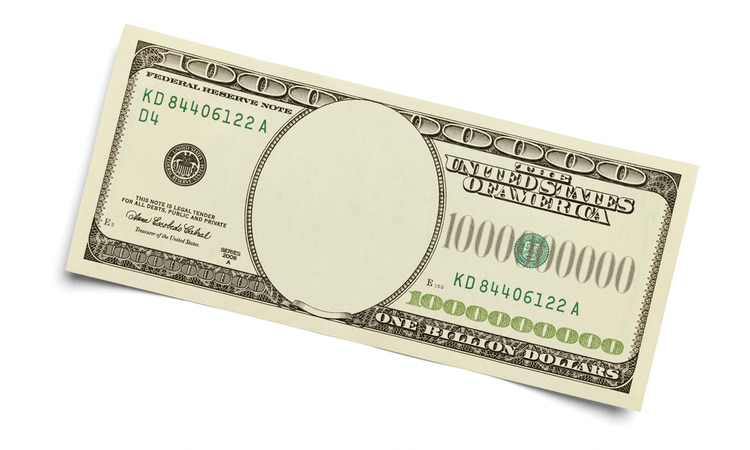The Pennsylvania Gaming Control Board issued a summary of gaming revenue for the 2020-21 Fiscal Year Monday that led to headlines about about how the nearly $3.9 billion generated the past 12 months had “smashed” prior records related to casino gambling.
Left unstated, however, was how the surge that has taken place in the first half of 2021 suggests this calendar year will end up topping any prior year’s revenue by at least $1 billion.
The easing of government restrictions and public concern related to COVID-19, along with additional outlets for wagering in person at casinos or by computer/mobile means, made the past six months much stronger than the second half of 2020 for the gaming industry. There’s little reason to think that won’t continue, even if there was a modest decline in overall revenue in June ($388.9 million) compared to May ($413.2 million).
A Penn Bets review of gaming board records shows that more than $2.22 billion has been earned from players’ losses from January-June on slots and table games at casinos, the play of such games over the internet, sports betting, fantasy sports contests, and VGT terminals at truck stops.
If gamblers risk and lose at the same pace in July-December, the revenue for all of 2021 would exceed $4.44 billion. The prior high from gaming is $3.41 billion in 2019, as COVID shutdowns pared 2020 revenue to $2.65 billion.
With a blended tax rate equating to just over 41% when all the forms of legal Pennsylvania gaming with their different rates are factored in, state and local governments stand to earn $1.84 billion as their share in 2021, compared to 2019’s high of $1.42 billion.
Things may only get better post-COVID
The $4.44 billion estimate for this year could end up being shy of the total, as the public’s comfort with returning to casinos could increase in coming months at the same time as new online sites continue popping up for wagering digitally on slots, tables, poker, and sports. Two new Penn National Gaming mini-casinos are also to open in the second half of the year, one in York County in August and another in Berks County by December.
Even without factoring in such potential growth, here’s how different gaming sectors fared in the first half of 2021 compared to those six months in the record year of 2019 and in 2020, when COVID’s impact sharply reduced operations.
| January-June revenue | Casino slots | Casino table games | iGaming | Sports betting | VGTs | Fantasy sports |
|---|---|---|---|---|---|---|
| 2021 | $1.07 billion | $412.2 million | $538.7 million | $168 million | $19.1 million | $12.7 million |
| 2020 | $540 million | $194.8 million | $207.2 million | $48.8 million | $4.4 million | $5.6 million |
| 2019 | $1.20 billion | $453.8 million | Not yet active | $19.2 million | Not yet active | $10.6 million |
The one area that lags behind prior levels is the revenue derived from gamblers’ in-person visits to casinos, which number 14 venues now compared to 12 in 2019. The casinos’ combined slots and tables revenue in the first half of this year was 10.5% less than two years ago.
Much of that drop was thought to be due to restrictions that reduced casino capacity, amenities, slot machine availability, alcohol service, smoking, and other normal operations. Even after most such impediments were lifted, however, brick-and-mortar casino revenue for June still amounted to $7 million less than two years ago.
Operators have only recently resumed some of their past marketing efforts and returned to offering the kind of live entertainment that can draw crowds creating the bustling, festive atmosphere that attracts still more people to casinos. That could end up making a difference before long.
Future monthly revenue reports from the gaming board will show whether such efforts will take Pennsylvania even beyond the $4.4 billion in annual earnings that can now be anticipated.
Photo: Shutterstock






